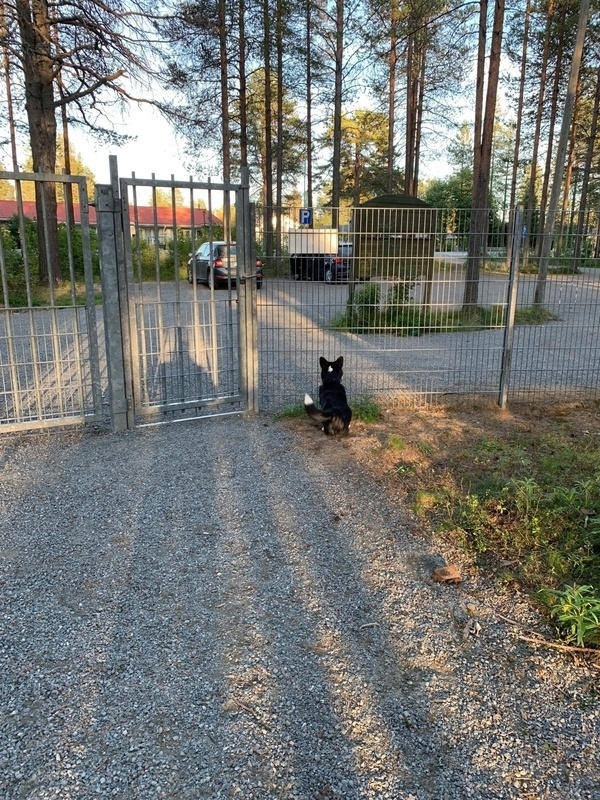With Ivory having timeline sync and it remembering my reading position I’m much more likely to read Mastodon than micro.blog atm. So much so that I’m contemplating posting over there. I guess crosspostibg in the other direction would truly be nice. Right now this is still posted from mb.
DailyDogo 669 🐶

DailyDogo 668 🐶

DailyDogo 667 🐶

DailyDogo 666 🐶

DailyDogo 665 🐶

Maybe Gruber is a good writer. As a foreigner I can’t really judge the quality of his tech blogging. But he often is not great in forming arguments.
DailyDogo 664 🐶

DailyDogo 663 🐶




DailyDogo 662 🐶

DailyDogo 661 🐶

DailyDogo 660 🐶

DailyDogo 659 🐶

DailyDogo 658 🐶

DailyDogo 657 🐶

DailyDogo 656 🐶

DailyDogo 655 🐶

DailyDogo 654 🐶

DailyDogo 653 🐶

DailyDogo 652 🐶

if we were to make a few @obsidian merch items which combo would you like best? — mastodon.social/@kepano/1…
I would like best, if you would continue working on Obsidian instead.
DailyDogo 651 🐶

Kaitlin Salzke makes excellent OmniFocus plug-ins. I’ve written before about the “work on” plug-in, which solves the problem of having to identify the next step for projects where the next step is simply and always “keep working on it”. I’m using this especially for projects that are tracked in the issue tracker at work.
Anyways, another amazing plug-in is the “scheduling” plug-in, which adds an important date to the mix of dates I can set on a task: scheduled dates. A scheduled date is a date that basically says “I’m planning to work on this on this date”. Why is this powerful? Because until now I had to abuse either defer dates (which actually mean - or I take them to mean - “I can work on this starting from this date”) or due dates (this has to be done by this date or I’m in trouble).
Let’s say it’s Wednesday today (which it is at the point of writing) and I have a task that I think I’ll work on on Friday. With scheduled dates I don’t need to defer tasks until Friday or set a due date for Friday - both would not reflect reality. Instead I can now correctly express that I can work before Friday on this task, but I plan to do so on Friday.
The plug-in makes use of tags to implement the feature and it is to thoughtfully executed, that I highly recommend giving it a try.
DailyDogo 650 🐶


DailyDogo 649 🐶
